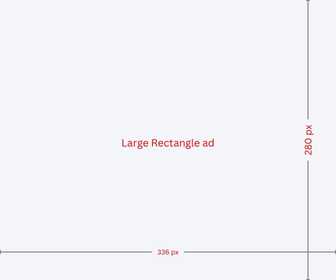Agencies will not be able to fill or create any federal jobs for another three months, after President Donald Trump extended the current federal hiring freeze until July 15.
But even after the hiring freeze lifts later this summer, agencies will still be limited in how many new employees they can hire, and how many new positions they can create. The White House said it will cap agencies to one new hire for every four federal employees who leave the civil service.
“The American people elected President Trump to drain the swamp and end ineffective government programs that empower government without achieving measurable results,” the White House wrote Thursday in a fact sheet on the hiring freeze extension.
Trump implemented a governmentwide hiring freeze on his first day in office. It was initially intended to last for 90 days and was set to expire on Monday. With the new extension, though, the length of the hiring freeze has now doubled.
In Trump’s announcement on Thursday, he said his administration is “prioritizing private-sector job growth and reducing the federal workforce to focus on essential functions.”
“The extension of the hiring freeze is a critical step in shrinking the federal government and ensuring taxpayer dollars are used efficiently,” the White House wrote.
Most, but not all positions frozen
While federal hiring remains frozen, the Office of Management and Budget, Office of Personnel Management and U.S. DOGE Service are also putting together a plan to reduce the federal workforce “through efficiency improvements and attrition,” according to the White House.
The extension of the hiring freeze will continue to bar new hires for the vast majority of career federal positions. Political positions, however, remain unaffected by the freeze.
The Partnership for Public Service has warned that hiring freezes hurt agencies’ abilities to respond to the needs of the public and deliver federal services.
“This order could leave agencies with hiring gaps in critical areas,” Max Stier, president and CEO of the Partnership, said. “It will deter the talented workers needed for a well-functioning government, especially those with specialized skills.”
Agencies can still reassign or move current federal employees to different positions as needed, the White House clarified in the executive order. But agencies are prohibited from contracting employees to circumvent the freeze.
There are some exemptions to the federal hiring freeze as well. Specifically, the White House is still allowing recruitment for positions in immigration enforcement, national security and public safety, as well as for military personnel and within the Executive Office of the President.
OPM can grant further exemptions where “otherwise necessary,” the order states. Any previously granted hiring freeze exemptions will remain intact, unless OPM withdraws its approval.
Some agencies are likely to extend the hiring freeze even further. The General Services Administration, as an example, told its employees the agency’s hiring freeze will continue “at least” through Dec. 31. GSA, however, is hiring contracting officers, posting two sets of job openings on USAJobs.gov in early April.
Workforce reductions continue
The extension of the hiring freeze comes as federal agencies are still putting together their plans for major reductions in force (RIFs) and reorganizations. Agencies have been attempting to drastically downsize their staff headcounts on the instructions of the Trump administration.
The workforce reductions are taking place through a combination of some federal employees leaving by choice while agencies are forcing others are out. After the first round of the governmentwide deferred resignation program expired in February, many agencies have individually opted to relaunch voluntary resignation offers as part of their RIF plans.
But along with the voluntary options for feds to leave their roles, many agencies are also looking to conduct non-voluntary workforce cuts. The Treasury Department, Education Department and Department of Health and Human Services, among many others, are in the process of cutting many career federal positions.
Agencies also fired — and later were required to reinstate — tens of thousands of employees in their probationary periods, although the future employment of many of those workers remains unclear.
And once the current hiring freeze expires in mid-July, agencies will still be limited in how many new employees they can recruit in a “4-to-1” ratio, according to the White House.
Tying the hiring of federal employees to their removals is a similar tactic to the Trump administration’s “deregulation” efforts. In January, Trump signed an executive order requiring agencies to identify at least 10 regulations or rules to be repealed for every new rule they create. The White House said the “10-to-1” executive order will ensure “every new rule is justified by clear benefits.”






















